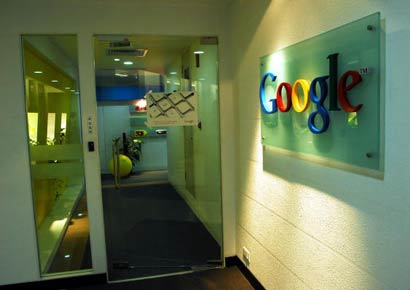The official website of Defence Research and Development Organisation (DRDO) once again came under the cyber attack unleashed by the Chinese hackers.
According to the Mumbai newspaper DNA, Chinese hackers breached the security of DRDO website and accessed thousands of top secret files.
As par the report, the top secret files related to Cabinet Committee on Security have been uploaded on a server based in Guangdong.
The report claims that this is the biggest security breach in the Indian defence establishment.
The hacking incident came to the fore in the first week of this month when officials from India's technical intelligence wing, National Technical Research Organisation (NTRO), along with private Indian cyber security experts cracked open a file called "army cyber policy".
The DNA report claimed that the file was found attacked to hacked email accounts of senior DRDO officials that quickly spread through the system in a matter of seconds.
Later, the NTRO found that all the sensitive files stolen from the infected systems were being uploaded on a server in Guangdong province of China.
For the first time, Indian cyber intelligence team has successfully tracked the hacking location.
Indian cyber security experts discovered thousands of top secret CCS files, and other documents related to surface-to-air missile and radar programmes from DRDL, a DRDO lab based in Hyderabad, among many other establishments.
Even the e-tickets of DRDO scientists who had travelled to Delhi in February were found on the server.
Intelligence officials also discovered documents of deals struck between DRDO and Bharat Dyamics Ltd, a defence PSU which makes strategic missiles and components.
Other recovered files related to price negotiations with MBDA, a French missile manufacturing company.
Read More
According to the Mumbai newspaper DNA, Chinese hackers breached the security of DRDO website and accessed thousands of top secret files.
As par the report, the top secret files related to Cabinet Committee on Security have been uploaded on a server based in Guangdong.
The report claims that this is the biggest security breach in the Indian defence establishment.
The hacking incident came to the fore in the first week of this month when officials from India's technical intelligence wing, National Technical Research Organisation (NTRO), along with private Indian cyber security experts cracked open a file called "army cyber policy".
The DNA report claimed that the file was found attacked to hacked email accounts of senior DRDO officials that quickly spread through the system in a matter of seconds.
Later, the NTRO found that all the sensitive files stolen from the infected systems were being uploaded on a server in Guangdong province of China.
For the first time, Indian cyber intelligence team has successfully tracked the hacking location.
Indian cyber security experts discovered thousands of top secret CCS files, and other documents related to surface-to-air missile and radar programmes from DRDL, a DRDO lab based in Hyderabad, among many other establishments.
Even the e-tickets of DRDO scientists who had travelled to Delhi in February were found on the server.
Intelligence officials also discovered documents of deals struck between DRDO and Bharat Dyamics Ltd, a defence PSU which makes strategic missiles and components.
Other recovered files related to price negotiations with MBDA, a French missile manufacturing company.











